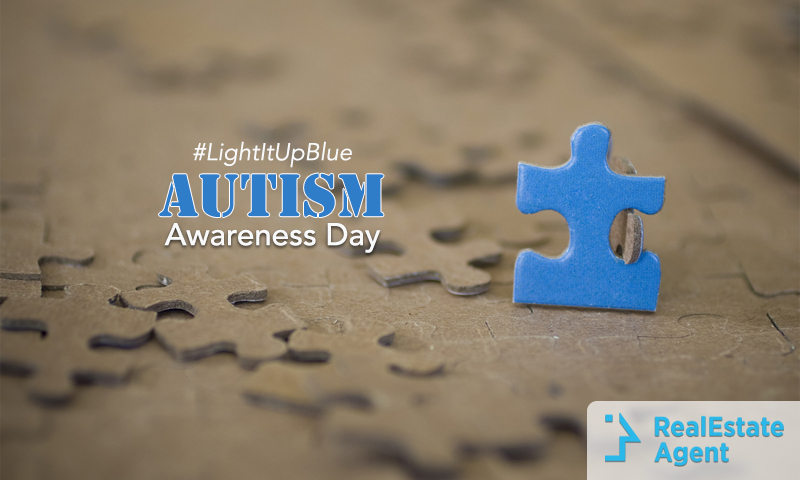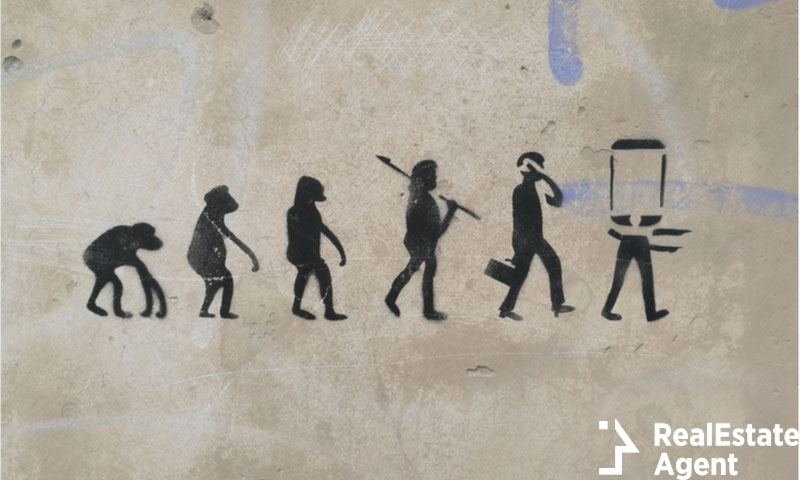For every parent out there, there are always worries regarding the safety of our children in our homes. But for parents of children on the autism spectrum disorder (also known as ASD), the preoccupation can reach a new level of stress. Children with ASD can sometimes require even more elaborate home security systems than the ones on the market, but fear not: we are here to give some basic tips on safety precautions for autism affected children and their parents.
Disclaimer: there is no magic solution, no “one size fits all” quick fix. There’s a reason for the inclusion of the word “Spectrum”; there is a wide range of symptoms, skills and levels of disability within the group of people with this disorder. These safety precautions for autism are general guidelines, and obviously not applicable in every case.
If anything, what everyone should know about Children with ASD is that they are very unique in their own way. Like every kid, they have their individual needs and challenges. Seek professional help to better understand them. At the bottom of the post, we provide some valuable resources.
Home Relocation for Families of Children with ASD
If you do have the opportunity to buy a home in a new place instead of making renovations to incorporate safety precautions for autism into your home; do it. This will allow you to think of safety and security in a 360-degree manner. A kid on the autism spectrum can be super aware of its surroundings stimulus and so should you.
One thing to look for when you buy a home to better accommodate your ASD child needs is the age-old Real Estate motto of “location, location, location”. But in this case, the value of a home relocation is not linked to traffic hubs or a good neighborhood with lovely homes. Not exclusively, at least. There are some things that should come first when searching houses for sale:
Even for those without children on the spectrum, moving can be a stressful endeavor, and the same is doubly true for those with children affected by autism. This being the case, it’s important to find ways to alleviate the stress, or eliminate it altogether.
Is the house for sale in question located in a quiet area?
When it comes to autism home safety, quiet is king. Too much noise and stimulation can tire your child. Plus, in case he/she is prone to wandering – a recurrent trend regarding many kids with ASD which we will discuss later – it’s safer to be in a neighborhood where typically fewer cars are driving around.
Is the house for sale in the right School District?
It’s not so much about The Best School Districts but the right ones; some districts may have schools that are more equipped to handle children on the spectrum. Scout the neighborhood, be honest with people. 1 in 45 children ages 3 through 17 in America have been diagnosed with Autism, so chances are you’ll find parents who’ll be able to give you the 411 on the best schools for your son or daughter and help you find the best place for your home relocation.
Is the house for sale near essential children and family services?
Depending on the needs of your kid (and other factors), you might also choose to homeschool, so what you really should be looking for on your home relocation is to be near important children and family services. Does the area offer supportive services and community interaction? What about respite and recreational services? Is it near a hospital?
Is the house for sale spacious?
Kids with Autism have a lot of energy in them, and they don’t know how to deal with it. It is our responsibility as parents to help them deal with it; be it with a space for breaks or with a space to spend that energy. On rainy or snowy days it might be impossible to play outside, so it’s good if you buy a home with a large vacant space – a garage, a basement or an attic – where your kid can have a break or play around and spend its energy.
How do you autism proof your home?
Aside from the option to buy a home – because sometimes that’s not an option at all – there are some home improvements you can make to accommodate your family’s need.
Color.
The most basic home improvement is painting the interior of the house for positive stimuli of your children with autism. The lighter shades of Blue are proven to have a calming effect, and are a great way to make a bedroom autism friendly. Make the best of it: use off-white and pastel color palette not only on the walls but with plates and utensils, bedding, décor… speaking of which:
Décor.
Anyone seeking to create a good home environment for an autistic child has to become a fan of minimalistic décor. Don’t clutter the house with things; children on the ASD can sometimes be clumsy because of a lack of awareness of body position in the space around them (also known as proprioception).
This means no sharp corners on coffee tables, wall frames are bound to get knocked out, and bookshelves and other furniture must be safely pinned to the wall, so they aren’t at risk of falling over. Better to think of a clean aesthetic, right? It will even save you money.
Water safety.
It’s widely known that many kids on the spectrum tend to have a real fascination with water, so parents must consider safety measures to prevent their kids from getting hurt from their contact with water.
Or, god forbid, something worse: drowning is the second most common cause of death for kids on the spectrum. If your house has a pool, always be vigilant: even if your pool is shallow or you just have a jacuzzi; have you ever heard of dry drowning? Also known as secondary drowning, it happens when someone swallows too much water through their nose or mouth. At the time it happens, the person looks fine but, only hours later, the water in the lungs clogs the airwaves causing the person to “dry drown”.
With all the threats water may provide, it’s important to consider getting a hard cover (with locks!) to the pool, but, most importantly: enroll your child in swimming lessons that teach water safety. It will be a great socializing experience and will better prepare them to deal with water on their own, as well as a way to improve your autism home safety.
There’s no doubt a pool can add value to a home; however, for those with children on the Autism spectrum, a house with a pool might not be the best idea. Think carefully before purchasing such a property, and if you do end up buying it, always take care to follow the aforementioned safety measures to ensure your child’s well being.
Locks.
Like we said before, a lot of children with autism are prone to wandering, which means you’ll have to plan for this in order to improve autism home safety. This is one of the biggest causes of concern in the autism community, as it, unfortunately, leads to many deaths.
Not only that, but children with autism are also really curious and will open just about any drawer, cabinet, window, door and whatever has a handle on it. So it is important to have safety locks.
Doors with locks on both ends to isolate a room are a must throughout the house. And sometimes you might consider even more sophisticated locks to prevent your toddler from reaching knives, scissors and cleaning products with chemicals.
Information.
As is the case with everything else related to autism home safety, it is important you specifically tell him/her about the dangers existent. Reiterate by putting signs of “Stop”, “Danger” and other messages to warn of the limits imposed.
This one is not only for your ASD kid – as sometimes they can be nonverbal – but also to inform neighbors and people close to you. Knowledge is power, so when you explain the dangers to friends, you get extra people that can alarm and intervene in the face of peril. Parenting always presents lots of challenges and we hope to have shunned a light on the ones specific to parents of children on the autism spectrum.
Conclusion
On our end, the real estate one, we highly recommend that you find a real estate agent and work with him in order to soothe the home buying process. A real estate agent will have more tools to find the best houses for sale suited to your needs. Thankfully, some real estate agents have lately specialized in dealing with clients that require specific autism-related real estate knowledge like the ones mentioned in this article.
Regarding the Autism Spectrum Disorder, we highly recommend you to visit Autism Speaks.org. They’ve been raising awareness to this subject since 2005 and have a large network of contacts and resources to help people and families that deal with ASD. Think about donating!
If you can’t, pass the information ahead: April 2nd is the World Autism Awareness Day, and everyone should wear blue as a way to start a conversation about this important subject that affects so many throughout the world. #LighItUpBlue!











